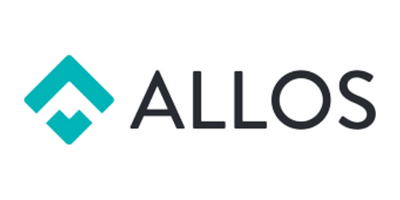Leading in Chaos—Stability in an Unstable World
How should your business strategy evolve during uncertain times?
As humans, we want control over the unknown. Over the last few months, business leaders have been questioning: “Should I stick to my strategic path, or change course?”
Let’s face it, chaos can create anxiety and frustration. However, chaos can force necessary change. There are a few factors to consider when understanding what’s next for your business strategy.
On June 22, Blackink IT and Milestone Business Solutions held a Leading in Chaos Event with speakers representing many industries—technology, product design, venture capital, and human resources. Below, learn from Courtney Lovold, Chief Revenue Officer at Zylo, Mike Reynolds, CEO at Innovatemap, David Kerr, Managing Director at Allos Ventures, and Miranda Nicholson, VP of HR Services at Milestone, on how to best lead in chaos.

How to identify chaos
You might wonder, “how do I know I’m living in ‘chaos?’” David Kerr explains, “all of us live in chaos on a consistent basis.” Whether it’s the pandemic, the great resignation, or the recent decline of the market, we must be prepared for the unknown. Preparing for the unknown takes a few critical skills:
- Self-awareness
- Prioritization
- Controlling the Controllable
Living with a “doomsday” mindset will only lead to further disorder. As leaders, we must learn to live among the chaos, and frame it as an opportunity for change.
How do you know if you’re helping or creating chaos?
If we can understand how to identify chaos, the next step is how to approach the chaos happening within your organization. There are various strategies to approach chaos, some may help reduce the chaos, others might add fuel to the fire.
For Miranda Nicholson, she approaches chaos by embracing the chaos. “Freak out for a second.” Suppressing the anxiety and stress of chaos will not solve the issue at hand. Once you can ground yourself, take the time to know what will help, or what will create more chaos.
From there, you can be clear and set expectations. Courtney Lovold, who has experience leading revenue generation, believes this is the key to success. From her perspective, it’s acknowledging that chaos occurs both internally and externally from your organization.
“You must take note that the organizations you sell to are also experiencing chaos.” This internal and external reflection is key to realizing if you’re helping or adding to the chaos.
Understanding Hybrid Work Moving Forward
Remote work has contributed to the chaos of the past few years. In a post-COVID world, the hybrid work environment is here to stay in many organizations. Many discussions have led those focused on growth to wonder—“are my employees still productive at home?” Leaders are tackling how to continue the momentum with employees, especially those who are fully remote.
Mike Reynolds responds to this debate by explaining, “I didn’t ask if you were productive, I asked if you were engaged.” By this, he means engaged employees are productive employees.
However, the example of remote work rings true: leading in chaos is about identifying the root of the external threat. In this case, employee engagement matters more than “appearing” productive. If you are interested in continuing these conversations, Blackink IT will be hosting more events in the future around optimizing your business strategy. Stay up to date by following our social media platforms and by visiting our website at blackinkit.com.






